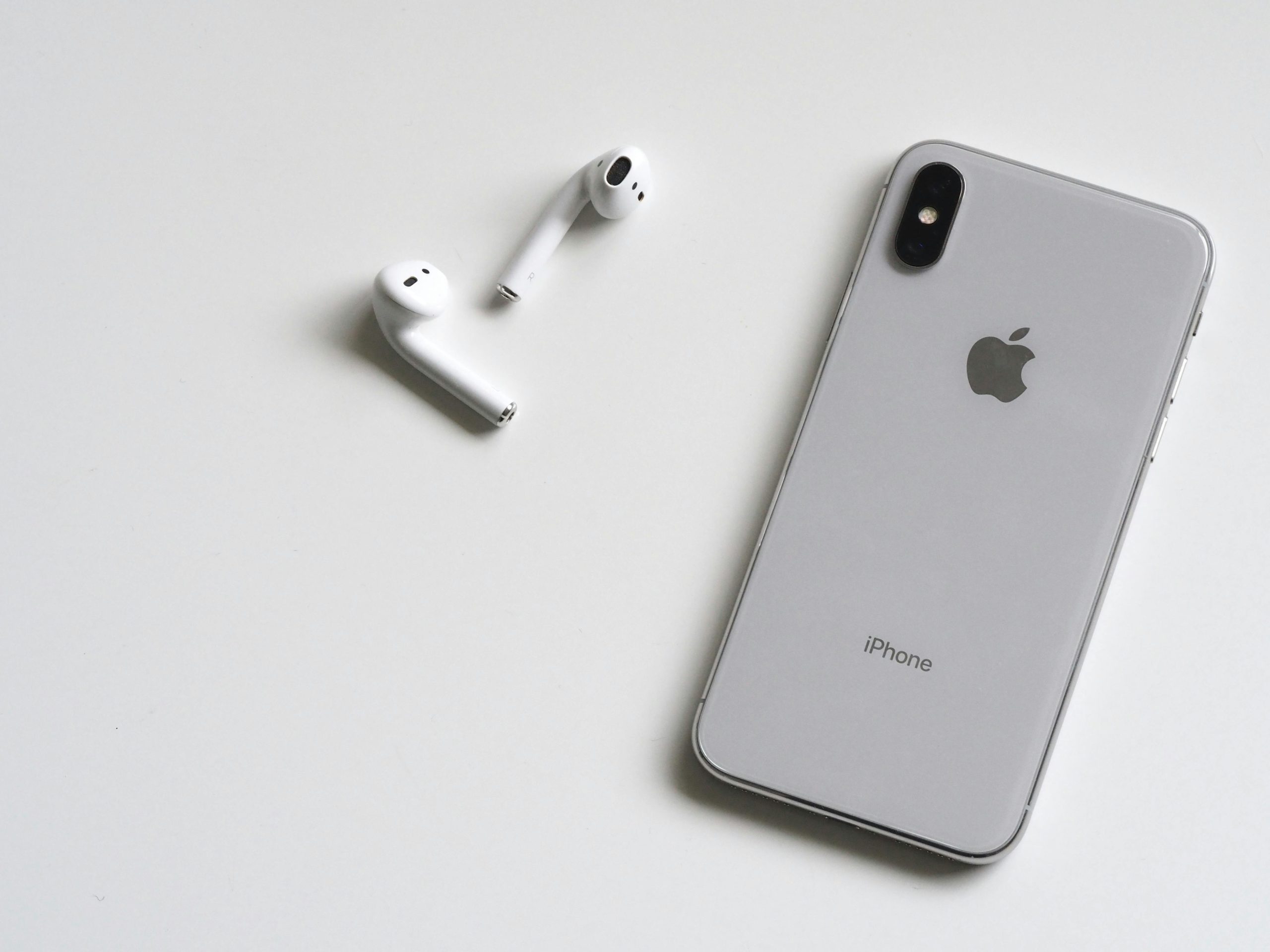In our fast-paced digital world, the art of communication has evolved significantly, but sometimes, traditional features like voicemail can feel more like a burden than a boon. Whether it’s the incessant notifications or those moments when you simply want to unplug, managing your voicemail settings on iOS 18 is essential for customizing your experience. Have you ever wished you could silence the relentless chime of new messages or, conversely, wanted to ensure you’re never missing an important call?
In this comprehensive guide, we’ll walk you through the straightforward steps to disable or enable voicemail on your iPhone running iOS 18. With just a few taps and swipes, you’ll reclaim control over how and when you receive messages—tailoring your device’s functionality to fit your lifestyle perfectly. So whether you’re looking to streamline communication during busy days or ensure that every call reaches you without fail, discover how easy it is to take charge of your voicemail settings today!
What is Voicemail in iOS 18?
Voicemail in iOS 18 has undergone a refreshing transformation, enhancing how users manage their messages and stay connected. One notable feature is the advanced transcription capability, which translates voice messages into text almost instantaneously. This allows users to quickly scan through missed calls and prioritize whom to respond to without listening to every message—a significant time-saver for busy individuals on the go.
Additionally, iOS 18 introduces more robust customization options, enabling users to create personalized greetings that reflect their personality or brand. These bespoke messages can now be segmented for different callers or purposes, such as work versus personal use, fostering a more tailored communication experience. The seamless integration with Apple’s ecosystem ensures that your voicemail seamlessly syncs across devices—meaning you can check your messages from your iPhone, iPad, or even your Mac without missing a beat. Embracing these enhancements not only improves voicemail efficiency but also provides an engaging way to maintain contact in our fast-paced digital world.

Step 1: Accessing Phone Settings
To embark on your journey to manage voicemail settings in iOS 18, the first step is accessing your phone’s settings. While this may appear straightforward, the layout of iOS can sometimes disguise essential features amid a wealth of options. Begin by locating the Settings app icon—a gear symbol—typically nestled on your home screen amongst other frequently used apps. Tapping this icon opens a world of customization where every aspect of your device can be tailored to fit your preferences.
Once you’re inside the Settings menu, scroll down to find Phone. This section isn’t just for adjusting call-related functions; it serves as the gateway to controlling voicemail settings as well. Beyond simply disabling or enabling voicemail, you’ll uncover additional options that allow you to fine-tune notifications and preferences regarding missed calls and messages. By taking a moment to explore these related features, you might discover insights into optimizing how your phone handles communication—ensuring that vital messages never slip through unnoticed while allowing more control over interruptions in your daily life.
Step 2: Navigating to Voicemail Options
Once you’ve grasped the basics of accessing your phone settings, it’s time to dive deeper into the voicemail options. Begin by launching the Phone app; a familiar environment for most iOS users. From there, tap on the ‘Voicemail’ tab at the bottom right of your screen. This redirect will take you to a treasure trove of voicemail settings that can feel surprisingly empowering once navigated correctly.
Take a moment to explore how seamlessly Apple has integrated various features into this area. You’ll see your saved voicemails listed neatly, but don’t overlook the “Greeting” option—this is where personalization comes into play! Imagine being able to influence what callers hear when they reach your voicemail—the perfect opportunity to showcase your personality or brand! While you’re contemplating these nuances, notice how easy it is to adjust notification preferences and manage other settings related directly to voicemail functions in this section. It’s an often-overlooked gem that not only enhances usability but also creates a more tailored experience for each user.

Step 3: Disabling Voicemail Features
Disabling voicemail features on iOS 18 can provide a newfound sense of control over your communication preferences. Depending on your usage patterns, leaving voicemails may add unnecessary clutter to your digital life. By temporarily disabling this feature, you can streamline how you manage incoming calls and focus more on crucial interactions.
To disable voicemail, navigate to the Phone app and head into the Settings menu. Here, you’ll discover options that allow you to turn off certain voicemail notifications or even entirely block new messages from being saved. This adjustment not only minimizes distractions but also encourages direct conversation—whether via phone calls or alternative messaging apps—as senders are nudged towards reaching out in real-time instead of relying on leaving messages.
Moreover, it’s worth considering the impact of disabling voicemail on your overall communication strategy. Without the safety net of voice messages, you may find yourself engaging more proactively with missed calls rather than delaying responses. This shift can foster stronger connections as conversations regain their immediacy in an age where busy schedules often dilute personal interactions. Embrace this change and see how redefining your voicemail settings can enhance both productivity and interpersonal relationships!
Step 4: Enabling Voicemail Features Again
Re-enabling voicemail features brings not just functionality back to your device, but it also creates a more seamless communication experience. Once you’ve navigated through the disabling phase, returning to the setup process allows for personalized adjustments that enhance usability. For instance, you can choose whether or not to receive alerts when new messages arrive and customize greetings that reflect your personality or business identity. This is especially beneficial if you manage multiple contacts—having a tailored greeting could make all the difference in establishing rapport.
Additionally, don’t overlook the visual voicemail option available on iOS 18. This feature transforms how you interact with messages by letting you see transcriptions and playback options at a glance. Imagine scrolling through voicemails like emails; it’s both efficient and user-friendly! With added options such as setting call forwarding during busy hours or vacation modes, reactivating these settings means empowering yourself to manage communications effectively without missing any important calls—because in today’s fast-paced world, every message counts!

Troubleshooting Common Voicemail Issues
Voicemail issues can be frustrating, especially when you rely on them for important messages. One common problem users encounter is missing or undelivered voicemails. This can often stem from a weak network connection or an overloaded voicemail inbox that exceeds its storage capacity. Check your signal strength and try clearing out old messages to free up space; this may resolve the issue quickly and restore your messaging capabilities.
Another frequent concern involves difficulties accessing voicemail settings after updating to iOS 18. Users might find that their visual voicemail feature suddenly disappears or becomes unresponsive. To troubleshoot, first ensure that your phone’s carrier settings are up-to-date by navigating to Settings > General > About—an update prompt will appear if needed. If the problem persists, consider resetting network settings under Settings > General > Reset; just remember this will erase saved Wi-Fi passwords, so be prepared to reconnect afterward. By taking these steps, you can enhance your experience with voice messaging while minimizing disruptions in communication.
Conclusion: Mastering Your iOS 18 Voicemail Settings
Mastering your iOS 18 voicemail settings can significantly enhance your communication experience, allowing you to tailor how messages are received and managed. With personalized options at your fingertips, you can seamlessly integrate voicemail into your lifestyle, ensuring that important calls never fall through the cracks. Whether you prefer to disable it temporarily for peace of mind during vacations or customize greetings for different contacts, taking control empowers you to prioritize what matters most.
Moreover, iOS 18 brings visual voicemail features that transform mundane message checks into a streamlined process. By visually scanning messages rather than listening one by one, users can quickly identify urgent responses and manage their time efficiently. As our reliance on mobile devices grows ever stronger, fine-tuning these settings not only optimizes productivity but also reduces anxiety over missed connections. Remember that technology is meant to serve you; understanding every facet of your voicemail management opens doors to a more organized and less stressful communication flow.







